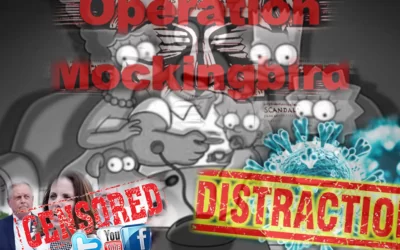Whenever the military rolls out a new robot program, folks like to joke about SkyNet or the Rise of the Machines. But this time, the military really is starting to venture into robot-apocalypse territory: swarms of little semi-autonomous machines that can team up to manufacture complex objects (including, presumably, more robots).
That’s right, the only thing scarier than a swarm of intelligent military mini robots is a swarm of intelligent military mini robots in control of the means of production. And your Navy is hard at work on making it a reality.
The U.S. Navy recently issued a proposal for aspiring mad scientists to build it “a coordinated and distributed swarm of micro-robots” capable of manufacturing “novel materials and structures.”
This isn’t heavy industry, though. They want the robot swarm to use desktop manufacturing — a technology that allows you to “print” 3-D objects using equipment that can fit on your desk and be programmed with nothing more sophisticated than your own laptop.
In its more benign uses, desktop manufacturing takes the form of products like Makerbot, which lets users fabricate cool 3-D objects out of plastic. In the hands of intelligent robots, though, think of this more as the Easy-Bake Oven of the robot apocalypse.
The proposal says the mini manufacturers will be able to “pick and place, dispense liquids, print inks, remove material, join components” and “move cooperatively” to not just make things, but assemble them, as well.
And what exactly will they make? The Navy lists a number of examples like “multifunctional materials” and “metamorphic materials” but its mention of “programmable materials” really caught our ear.
Darpa, the Defense Department’s far-out advanced research wing, has previously experimented with “programmable materials” to create shape-shifting machines like the self-folding origami robot that can change into a small plane and boat.
Intel, one of Darpa’s partners on the research has suggested the technology could one day go further, making it able to “mimic the shape and appearance of a person or object being imaged in real time.”
So these mechanical swarms might eventually be capable of building other, shape-shifting robots? What could possibly go wrong?
http://www.wired.com/dangerroom/2011/03/navy-robot-apocalypse/




